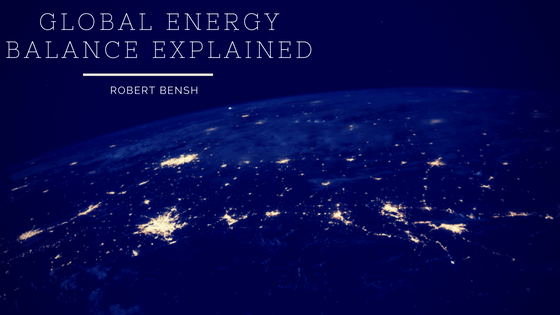If you’re keeping up to date with global concerns and climate change, you might have heard the phrase “global energy balance.” Unsure of what that means exactly? Here’s a brief guide to help you stay informed.
In Short: What is Global Energy Balance?
The global energy balance is the balance between the energy the earth releases and the energy it receives from the sun. This balance between incoming and outgoing heat regulates the state of the Earth’s climate.
What Happens in This Exchange & Why is it Important?
The sun releases electromagnetic radiation that’s approximately 6,000 degrees Celsius, or nearly 11,000 degrees Fahrenheit. Due to the high temperature, the radiation travels across space at the speed of light and disperses once it reaches earth. Some of the radiation, emitted through shortwave light and ultraviolet energy, is absorbed at the Earth’s surface, while other fragments of it are reflected back into space because of Earth’s clouds, or absorbed into the atmosphere.
Even though the Earth releases a large amount of energy back into space, because the sun is hotter than the Earth, the radiation wavelengths elongate and produce infrared energy or heat. The Earth is then able to maintain a stable temperature and climate despite the energy that was lost back into space.
What Threatens Global Energy Balance?
Currently, the average global temperature is 33 degrees Celsius higher than it should be ideally. This difference of over 91 degrees Fahrenheit is caused by an excessive amount of greenhouse gases. While the Earth’s atmosphere is generally comprised of scarce greenhouse gases, these cases impact how the earth is able to regulate its energy balance. As greenhouse gases trap infrared heat in the atmosphere, the amount of radiation that is able to escape back into space decreases. This trapping of heat generally raises the temperature of Earth’s lower atmosphere and even Earth’s surface.
Due to an increase in man-made processes, such a fossil fuel consumption and deforestation, the concentration of carbon dioxide in the Earth’s atmosphere has increased by 30% since the 18th century. Despite efforts to reduce chlorofluorocarbons, or CFCs, to preserve the atmosphere, greenhouse gases can remain in the atmosphere for up to 50 years after their initial release. With an increase of greenhouse gases, Earth is unable to regulate its climate and thus the global energy balance is thrown off. As a result, the global climate has begun and continues to shift.
Many officials in the oil and gas industry are working tirelessly to come up with a way to preserve the earth’s global energy balance — a feat difficult to accomplish given that oil and gas provide nearly 50% of the world’s energy, and no other sustainable or renewable sources have come close to matching that output.

